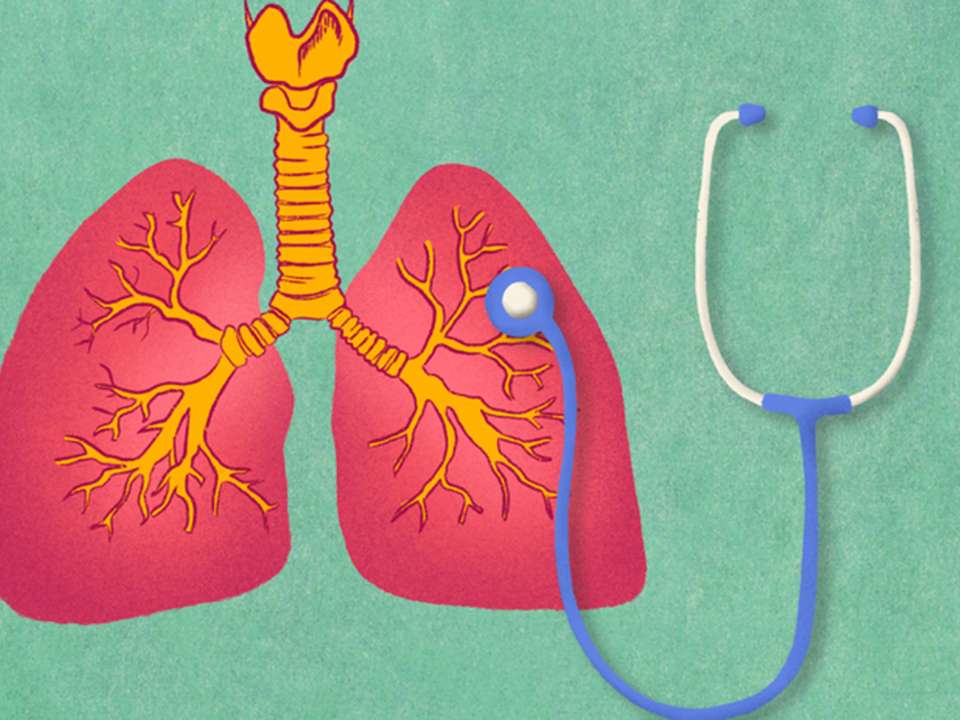
If you’ve spent any time outdoors in Pacific Northwest’s beautiful wilderness, you may have wondered if you should be concerned about ticks. After all, ticks are tiny, hard to spot, can transmit serious diseases and love to hang out on foliage just waiting for their next meal (you) to walk by.
There are ticks here in the PNW, including Washington, but tick-borne diseases aren’t as common as they are in other parts of the country. Still, they can occur, and there are things you can do to help prevent tick bites.
Should I be worried about tick bites in Washington?
Tick-borne diseases have been increasing over the past couple of decades, with the Centers for Disease Control and Prevention (CDC) reporting more than 50,000 cases in 2019 among people in the United States.
Tick bites are most common in the Northeast part of the country and the upper Midwest. In Washington, tick bites and tick-borne illnesses are rare but can still happen. Four species of tick live throughout the state.
The most common tick-borne disease is Lyme disease, of course. Ticks can also carry babesiosis, Rocky Mountain spotted fever, tick-borne relapsing fever, tick-borne paralysis and tularemia. Some people diagnosed with a tick-borne disease in the Pacific Northwest got it from somewhere else. However, there are still cases that originated here.
“Every year in Washington state, only zero to seven cases of Lyme are acquired here; most are acquired out of state. In a state of 6 million people, that’s not very many,” says Dr. Christopher Sanford, a family medicine doctor at UW Medicine Primary Care at Northgate who specializes in travel and tropical medicine and public health.
Still, it’s a good idea to keep ticks in mind, especially if you spend a lot of time in the wilderness or in parts of the country where tick bites are common. Plus, as the impact of climate change keeps altering our environment, tick-borne illnesses are only expected to continue increasing.
How can I prevent tick bites?
Ticks don’t fly, but they can still easily find their way onto your body if you’re out in the wilderness with tall brush.
“Ticks hang out on foliage, so when you walk by and brush against a leaf or a branch, they jump onto your clothing or skin,” says Sanford.
You can do several things to prevent ticks from getting access to your bare skin. When you’re adventuring outdoors, wear long pants and a long shirt; tuck your pant legs into your socks and your shirt into your pants; wear clothing treated with permethrin, an insecticide; and use bug spray on your bare skin.
This doesn’t guarantee you won’t get a tick bite — ticks can hang out on your clothes for the whole day, then crawl onto your skin once you get home and change clothes — but it does reduce your risk significantly.
How do I know if a tick bites me?
Tick bites aren’t like other insect bites. It’s like comparing fast food to a four-course, sit-down dinner: Unlike mosquitoes, flies, fleas or other biting bugs that grab a quick meal and fly or jump away, ticks settle down for a while, latching onto your skin for up to several days so they can gorge themselves on your blood.
Pretty gross, right? The good news is you have time to notice a tick and pull it out before it has a chance to make you sick — a tick must feed from you for 36 hours before it can transmit Lyme disease. The bad news is ticks are tiny and hard to see on your body, especially before they’ve eaten (and filled up on your blood).
After you come home from being out in the wilderness, Sanford suggests checking to ensure there aren’t any bloodsucking hitchhikers. The shower is a good time to do this. Remember that ticks are tiny, the size of a freckle, and can hide out in areas you wouldn’t expect, like your feet or groin.
How should I remove a tick from my skin?
There are a lot of suggestions on the Internet about how to remove a tick, like holding a lit match up to it to hurt or startle it. The problem is ticks are bloodthirsty little vampires and aren’t easily scared off.
Instead, try this method:
Most of the time, this will remove the tick. Sometimes the tick’s head will break off and get stuck in your skin (yikes), but digging it out is not advised.
“If there’s something in your skin, leave it there and apply antibiotic ointment,” Sanford says, “I wouldn’t go digging under the skin because you’re only going to increase your risk of infection.”
Also, Sanford recommends sticking with tweezers, not those tick removal tools you sometimes find in outdoor recreation stores.
Why is it important to get treated for tick-borne illness?
If you have typical symptoms of tick-borne diseases, such as a fever, muscle or joint aches, fatigue and a rash that looks like a bullseye, it’s important to go to the doctor. Untreated Lyme disease can lead to arthritis, a recurring rash, serious heart problems like an abnormal heartbeat or heart inflammation, as well as neurological symptoms like Bell’s palsy.
Lyme disease and other tick-borne illnesses can usually be treated easily with antibiotics in their early stages.
“There has been no development of antibiotic resistance in the bacterium that causes Lyme disease, so most common antibiotics kill it, and a simple 10-day course of antibiotics is effective in treating the disease,” Sanford says.
Sanford says that tests for Lyme disease are not always accurate, so he and many other doctors prefer to rely on other information, such as your specific symptoms and if you’ve recently been in an area with ticks.
In the coming years, people may be able to avoid Lyme disease by getting vaccinated. A vaccine is currently in a clinical trial to determine if it helps prevent Lyme disease in people who recreate in areas where tick bites are common.
What should I do if I think I have chronic Lyme disease?
Rarely, people treated for Lyme disease can later develop post-treatment Lyme disease syndrome where symptoms of aches, fatigue and brain fog can last for months after initial diagnosis.
Doctors don’t know why some people develop long-term problems, though it could be due to an autoimmune response triggered by the initial infection.
Post-treatment Lyme disease can be hard to diagnose because the symptoms are vague and similar to other conditions such as rheumatoid arthritis or depression.
It’s important to talk with your doctor if you’re experiencing symptoms of chronic Lyme disease — but it’s also important to be wary of certain treatments some doctors may recommend.
“Unfortunately, some medical practitioners will give people six or nine months of antibiotics with no evidence that it’s of benefit,” Sanford explains. “Studies show people with long-term symptoms don’t do better with long-term antibiotics.”
Not only is it not helpful, but long-term treatment with antibiotics can also cause uncomfortable side effects and contribute to the development of bacteria that can resist antibiotics.
Because of how vague the symptoms are and how inaccurate the tests can sometimes be, diagnosing chronic Lyme disease can be difficult. Misdiagnosis can happen, so if you’re concerned, consider getting a second opinion.
The bottom line
There are lots of things to worry about these days, and tick-borne diseases don’t have to be one of those things for people who live in the Pacific Northwest. If you spend a lot of time in the woods, take some precautions like wearing long clothes and using bug spray, and check your body for ticks once you’re home. Otherwise, focus on getting outside and enjoying this beautiful area we live in.

 Healthy ideas for your inbox
Healthy ideas for your inbox





